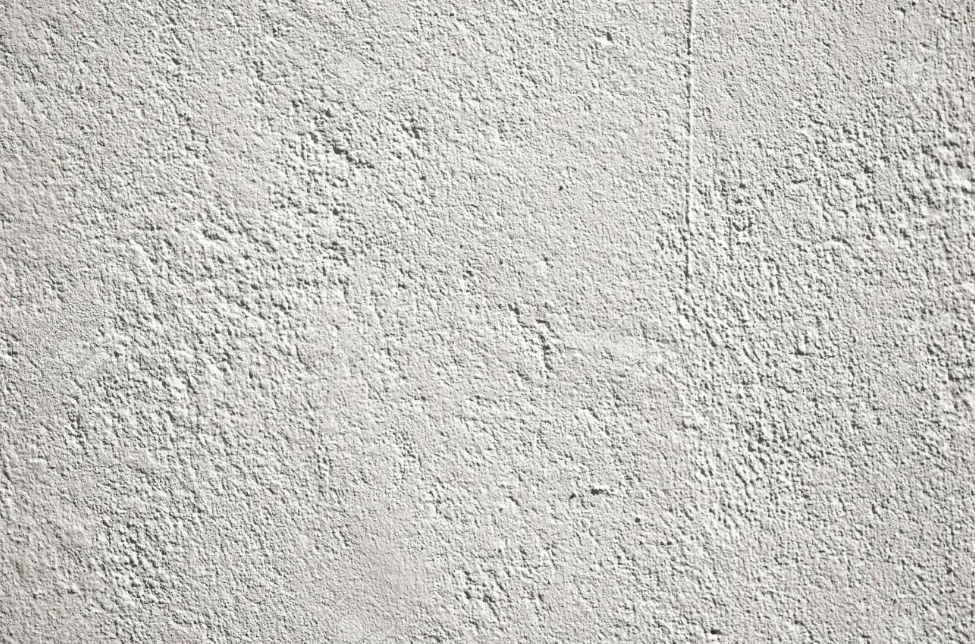Exterior plaster is a finishing material applied to the exterior of a building for protection and decoration. It is made up of a mixture of sand, lime, and water and can be finished in various ways to create different textures and effects.
Exterior plaster is often used on older buildings to restore them to their original appearance or on new buildings to give them a traditional look.
What is the importance of cement plaster for exterior walls?
There are a few reasons why cement plaster is so important for exterior walls. First of all, it helps protect the wall from weathering and erosion. Second, it provides smooth and even surfaces for painting or staining. Third, it increases the wall’s resistance to fire. Finally, it helps to insulate the building, keeping it cooler in summer and warmer in winter.
The required thickness of the cement plaster:
The architect or engineer generally specifies the thickness of the plaster required on the exterior wall. The following factors are considered while specifying the thickness of the cement plaster:
- Type of surface
- Weather conditions
- Exposure to weather
Grading of sand for the cement plaster:
When you are choosing the exterior wall material, you should take into account the grading of sand for the cement plaster. The grading of sand is related to the size of the particles. The coarser the sand, the more water it will absorb and the slower the setting time of the mortar or plaster.
The most common use for mortar is in masonry, where it is used to join stones or bricks. When it is used as a plaster, it is applied over a foundation, brick, or concrete surface to provide a smooth finish. So make sure you find reliable exterior plasterers in Auckland that will help you in this regard.
Cement sand ratio for the cement plaster:
The cement plaster on the exterior wall is very important for protecting the wall. Before choosing the cement plaster, you need to consider the cement-sand ratio for the cement plaster. The cement sand ratio will affect the strength and durability of the plaster.
Curing of the plaster:
Exterior plaster is a mixture of cement, sand, and water. It is applied over a masonry wall or a metal lath. When it dries, it forms a hard, durable surface.
Cement plaster may be used on the interior or exterior of a building. It is often used to cover concrete blocks or brick walls in the interior. On the exterior, it is used to cover masonry walls, stucco, or metal lath.
For more information Click Here!

